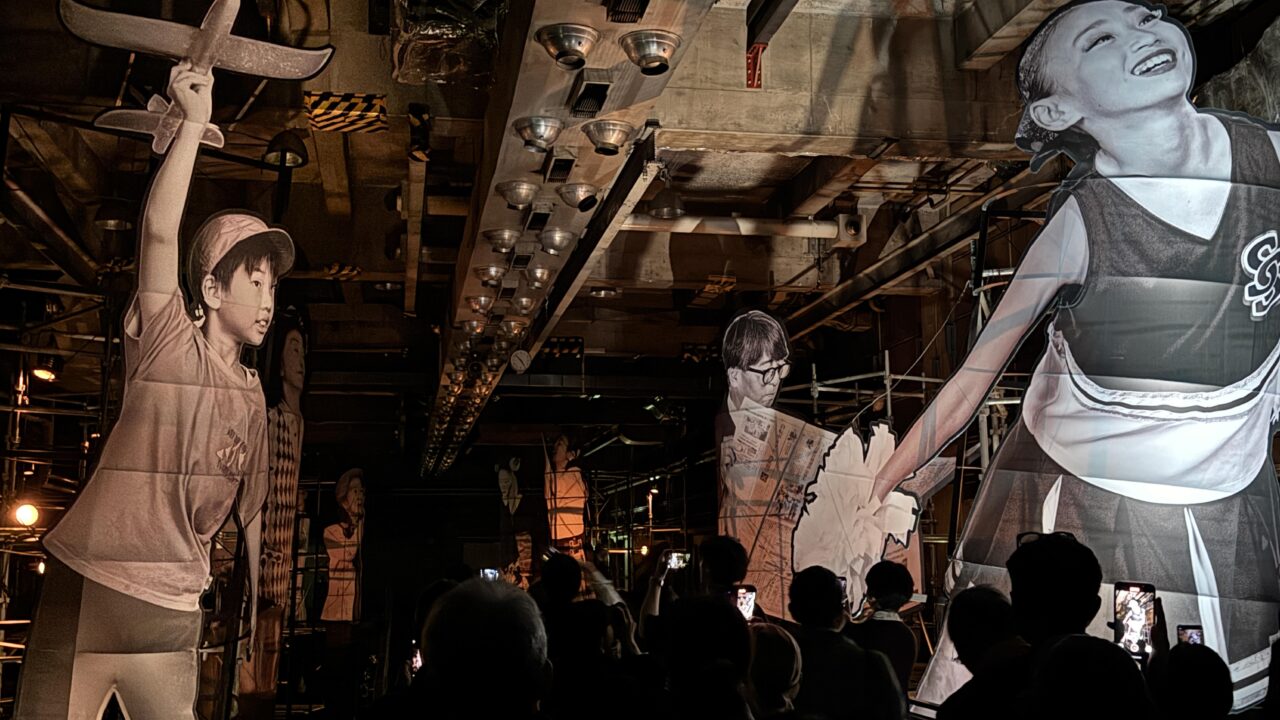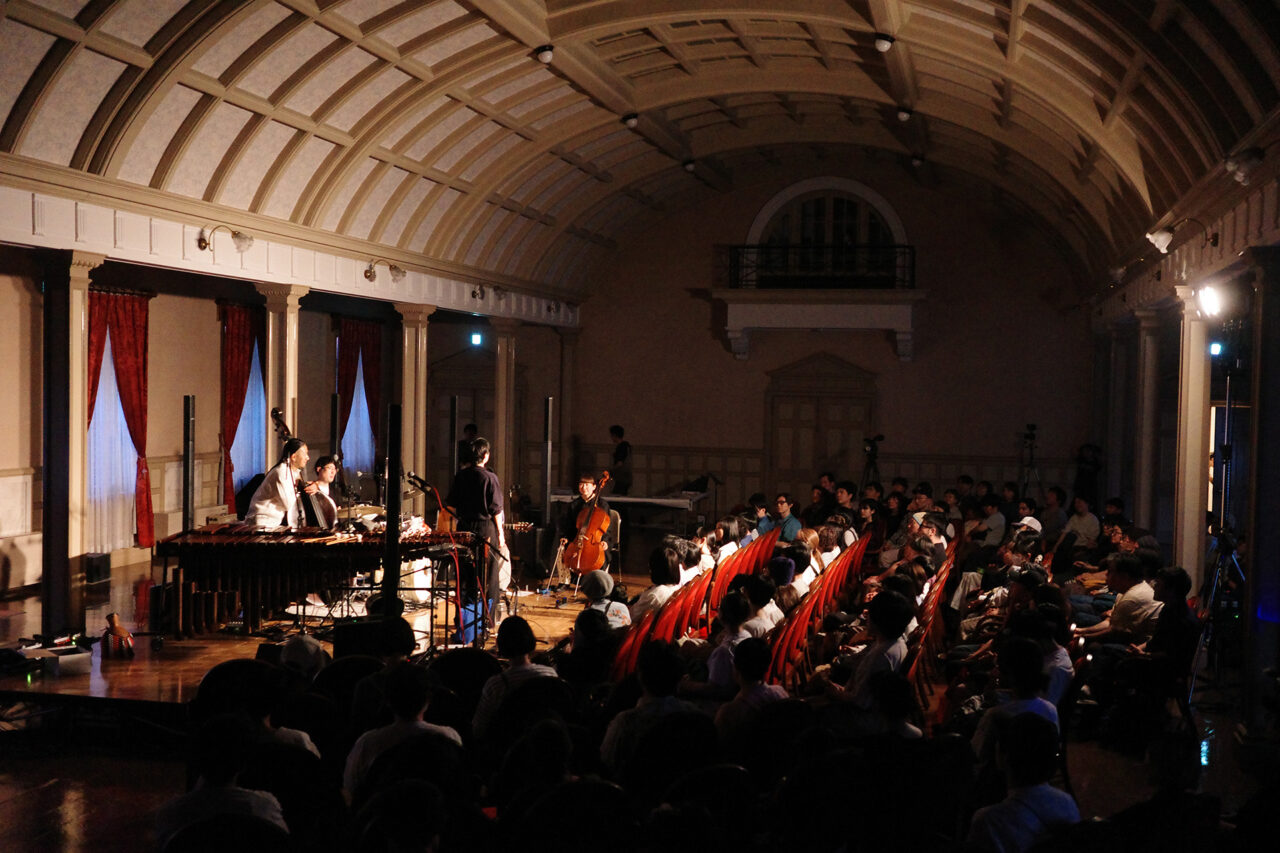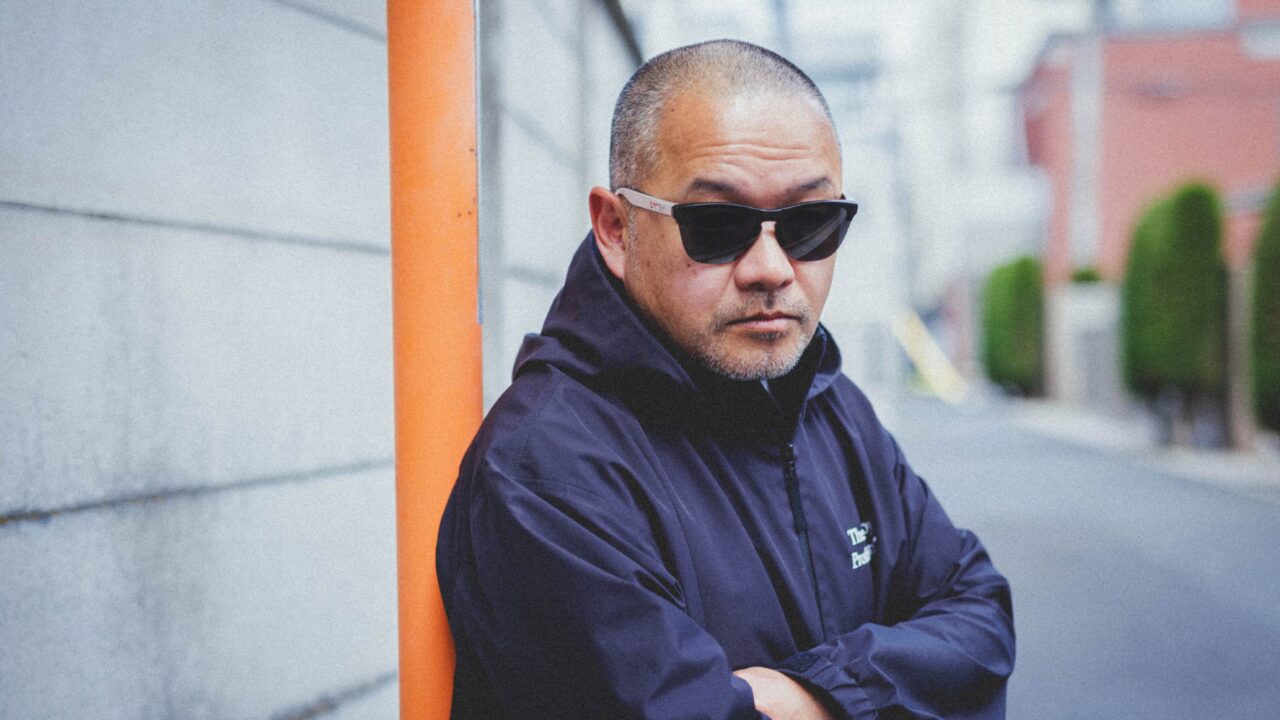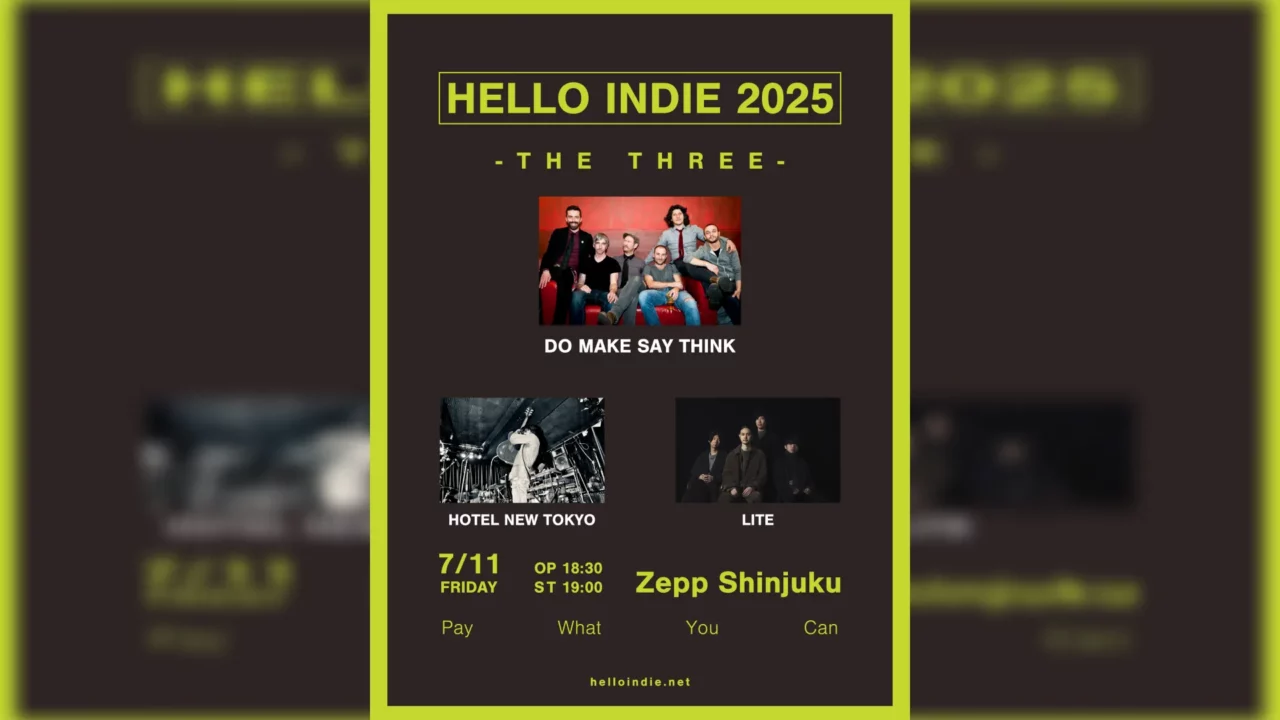In the first part of this interview, we explored the stories and values behind Ayatake Ezaki, Musician. In the second part of this interview, we asked him to unravel the message behind his first solo album “Hajimari no Yoru” (Night of the Beginning), which was recently released.
The concept of this album is inspired by Junichiro Tanizaki’s essay In Praise of Shadows written in the 1930s, which describes the Japanese sense of beauty when there were no electric lights. The sound and tone of the piano are impressive, evoking a sense of nostalgia for a lost era. The album may sound very simple at first listen, but it is interspersed throughout with beat music, lullabies, jazz, children’s songs, ambient, and various other musical elements, and is a true culmination of not only Esaki’s roots music, but also the musicality he has absorbed over the course of his career. The result is a compilation of not only Esaki’s roots music, but also the musicality he has absorbed throughout his career.
In the first part of the interview, he said, “Sooner or later, the world will undergo a major paradigm shift,” so why did he decide to create a solo album with a nostalgic resonance at such a time of great transition?
INDEX
The pursuit of personal music for one person, to be listened to by one person alone
I thought “Hajimari no Yoru” was a very simple but rich and dense work at first listen. It is laced with beat music, lullabies, jazz, nursery rhymes, ambient, and various other musical elements, but overall it is full of “tenderness. I thought that was very typical of you.
Ezaki: Thank you very much. If I were to talk about In Praise of Shadows in the context of music, I would say that in a world where music that is enjoyed by a large group of people is completely commonplace, shouldn’t there be music written by one musician for one person and listened to by just one person? That’s what I wanted to express. I think the original experience of music is rather personal. For example, lullabies are “one-to-one music” sung by one person for one person. When you are in your mother’s womb, you are listening to various kinds of music by yourself.

Musician, born in 1992 in Fukuoka City, Japan, studied piano at age 4 and composition at age 7. He graduated from the Faculty of Music, Tokyo University of the Arts. He has played keyboards for WONK and millennium parade, and has recorded and produced music for King Gnu, Vaundy, Yonezu Kenshi, and many other artists. He has also composed music for the movie “Homunculus” (2021) and other theatrical productions, and continues to work freely across a variety of fields, including running a music label and participating in art education.
Ezaki: Ever since I was a child, I often seemed to say, “I like dark music” (laughs). I don’t know if “dark” is the right word, but I like songs that are a bit lyrical and beautiful. I think that tendency was already firmly established by the time I was in elementary school. For this solo, I was going to make it only with music from those roots of mine. Having said that, almost all of the music that I have passed through in the past 30 years has been included. I think that is due to the friends I have made around me. I may have never encountered music in contexts other than jazz, such as hip-hop or beat music. I have never listened to them at all.
I thought that the composition, in which the audience is enveloped by light again after passing through the darkness, might represent our shared experience of our world as it welcomes the new world after the Corona disaster.
Ezaki: I hadn’t thought of it from that perspective at all, but it certainly can be listened to in that way. I really like spending time alone at night. The city becomes very quiet, and I feel like I can spend time with the earth and myself. In the daytime, I can’t help but feel the presence of others, such as the sound of cars or the voices of my neighbors, but at night I don’t feel the presence of others so much. I feel more precious when I feel that the moon is rising rapidly. Well, the Corona Disaster was so long that I felt lonely (laughs).
You mentioned that you and Kan Inoue studied the sound production of existing artists at WONK.
Esaki: Again, I had a lot of specific references out there, and I did various trials with the engineer, Masaru Sasaki. For example, I was listening to Erased Tapes Records artists a lot, and we talked about Ryuichi Sakamoto, Flying Lotus, the predecessors of J hip-hop, and the context of that area, and we also talked about children’s songs (laughs), so the references were very varied. So the references were very diverse.

I wonder why there is a kind of “nostalgia” mixed in the sounds and tones, rather than the melody.
Ezaki: It’s a mystery, isn’t it? Technically speaking, for example, there are scratch noises from analog records mixed into the song “Mail,” and there are also many soundscapes or sounds of the city. These things are connected to our memories and evoke feelings of nostalgia. I think that the nostalgic, happy, and sad feelings that are evoked by listening to music are something that only humans can do. Although we have some tricks up our sleeves, I think it is like magic to be able to notice them in the first place.
INDEX
The Counter Spirit Hidden in the Unexpected Guest Selection
Many guests with close ties to the project, such as Kakuto Mami, Matsumaru Ki, and Teshima Aoi, have participated in this project.
Ezaki: For example, when I worked with Aoi Teshima on a commercial project a while back, I thought she had a wonderful voice. Of course, I was a big fan of hers even before that, so I wrote the song “Kyou no Sora ni Maru Tsuki” (Today’s Sky is a Round Moon), hoping that Teshima-san would sing one of the songs on this album. I thought it would be fun to work with Sweet William, who participated in the track making for “Mail,” and Kenji Kihara and mei ehara, who participated in “Asahi no Warmth,” and I thought, “It would be fun to make something together. I thought it would be interesting if we made something together,” so I asked them to work with me more like a collaborative effort.
The same goes for Qi Matsumaru. I knew that he was a great saxophone player, so I imagined what it would be like if he played the saxophone, and we started by creating a track that would be the base of the music. The same goes for Mr. Kakudo.

Ezaki: One thing that was important to me this time was that I didn’t work with people I work with on a daily basis. I have worked in a variety of scenes, so it might have been possible to invite people with whom I already have a close relationship, but this time I wanted to counter that and express what I have not shown in those scenes, so I asked mainly people who I thought would be a good match. So I asked mainly people I thought would be a good match for that.
I see. I did think that the choice of people was somewhat unexpected.
Ezaki: That’s right. For example, when someone releases a solo album, you can imagine the lineup, but this time I didn’t want to follow in the footsteps of that.
By the way, what’s the origin of the name of the song “Hugage,” in which Kakudo participated?
Ezaki: I borrowed it from the name of an astronomer named Hoei Nojiri. Actually, I was working with Shito-san, a wonderful “storyteller” and “rapper” who I was very happy to work with on this project, but it was a little difficult to give form to this “Hajimari no Yoru”. But in the process, there were many words that Shito spun for me. The title of the song, including the others, was inspired by Mr. Shito. The titles of the songs, including the others, were greatly influenced by Shito-san. I would be happy if we could work together again somewhere.
I feel that this album is strongly influenced by “lullabies” and “nursery rhymes,” as is the case with “Hoei” and “Kyou no Sora ni Maru Tsuki” for which the picture book author Ryoji Arai wrote the lyrics.
Ezaki: When I was in a junior orchestra, I once accompanied a Japanese shoka medley. It was titled “The Four Seasons of My Homeland,” and included a variety of shoka and folk songs, so it was an original experience for me. Besides, it was a kind of “return to the classics. After the Great Kanto Earthquake, Tanizaki moved from Tokyo to Kyoto, and it seems that his return to the classics in In Praise of Shadows was also out of a sense of concern for Tokyo, which had lost some of its “Edo spirit” due to the earthquake. In order for me to return to the classics in the same way as Tanizaki, I had to include children’s songs and lullabies as the mainstay of my work.






























